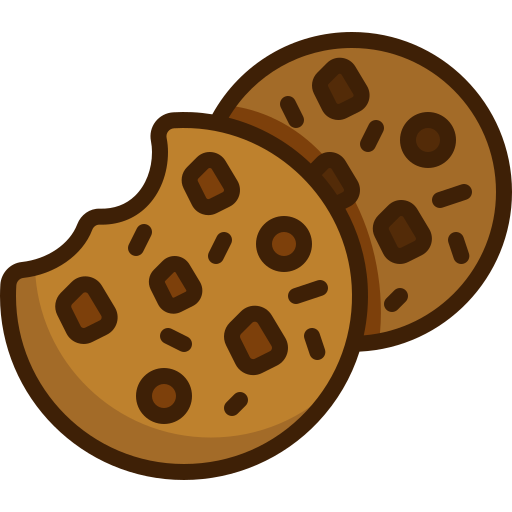All applicants must meet with an admissions representative in addition to ONE of the following criteria:
- Standard Admission (Students must meet ALL of the following criteria)
- Be at least 18 years of age prior to admission (19 for out of province);
- Provide a CRC/Immunization disclaimer (form provided by the college);
- Successful completion of the CDI College Admissions Test; and
- Successful completion of the College’s Pre-Science Basics course
- *Manitoba applicants must also have been out of school for one year in addition to the above
- Practicum Prerequisites
- Provide a negative criminal record check with vulnerable sector search;
- Provide completed immunization report showing current immunization and free of communicable diseases, including Negative TB skin test or chest x ray (form provided by college)
- Graduation Requirements
- Successful completion of all program courses with a minimum 70% in each course of the program, as well as a minimum mark of 70% on all final practical and theory examinations
- Successful completion of all practical clinical requirements
- Successful performance of all specific competencies as listed in the Inter-Jurisdictional Entry to Practice Competency Profile
 AB
AB





















